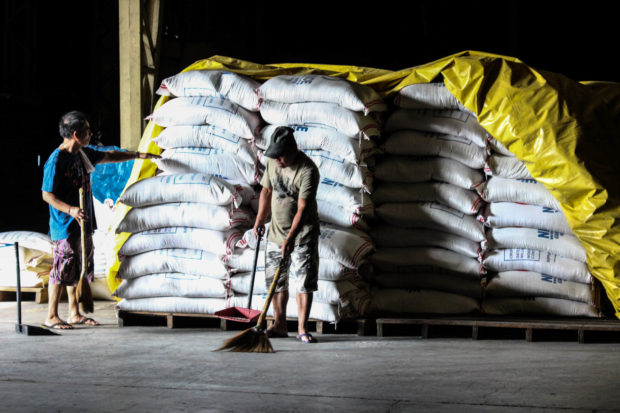Boholanos prefer ’bukid’ rice, says NFA-Bohol
TAGBILARAN CITY, Bohol-For a rice-producing province, Boholanos do not patronize rice sold by the National Food Authority (NFA).
“Consumers (in Bohol) prefer fresh harvest,” said Maria Fe Evasco, NFA-Bohol manager.
This might have explained why NFA rice retailers complained of low sales especially in March and April when these months were considered harvest season.
Maria Porlaris, a rice vendor, told the Inquirer on Wednesday that only a few customers bought NFA rice because Boholanos preferred to buy commercial rice, specifically the bukid rice sold at P38 per kilo, a little expensive than the NFA rice which costs about P32 per kilo.
Bukid-rice refers to the palay harvested and milled by local farmers in Bohol that is sold in the public market.
Article continues after this advertisementPorlaris, 65, said she had not sold all her 30 sacks of rice purchased from NFA warehouse last month.
Article continues after this advertisementShe said the harvest season in the province has produced enough supply of commercial rice.
Evasco said the overall supply of NFA rice in the market in the province was enough.
“(But) Bohol will be affected once our current inventory will not be immediately replenished with the new rice importation,” said Evasco. The next allocation would arrive in June.
She said the effect would be on the distribution/sales to accredited retailers since NFA-Bohol has to reserve a volume for emergencies.
“We cannot dispose all the stocks we have for sales purposes,” she said. “We have to reserve a volume for emergency.”
Rogelia Pizarras, NFA-Bohol assistant manager, said the warehouse had 15,000 sacks of rice as of Wednesday.
“We still have enough inventory of NFA rice here in Bohol. Even our rice retailers will not get their full allocation for the week because we have plenty of commercial rice in the market,” said Pizarras.
Evasco said the low sales of NFA rice in the market was due a bumper harvest season.
The NFA stressed that there was no rice shortage in Bohol, considered the rice bowl of Central Visayas, since there was enough supply of commercial rice.
